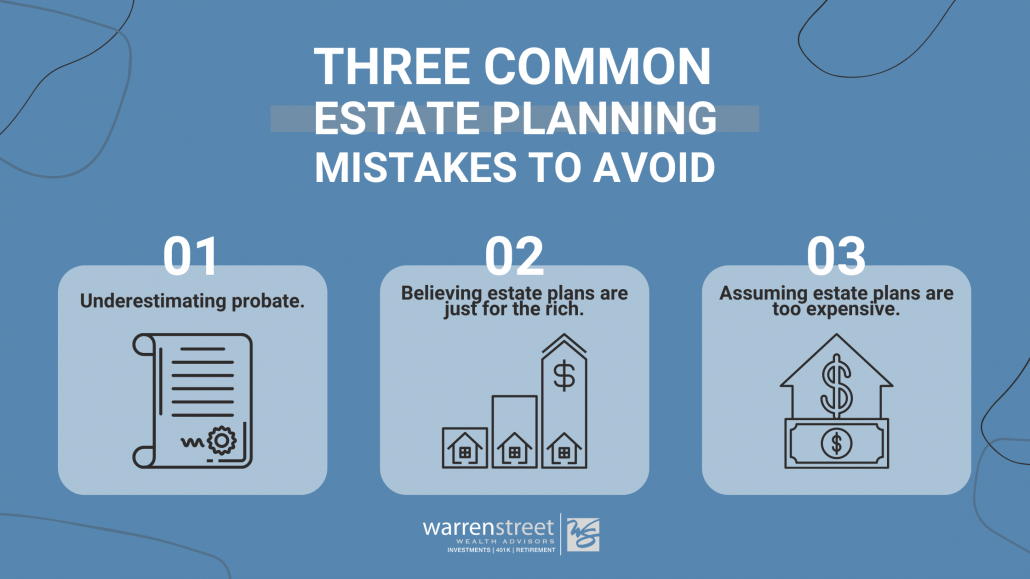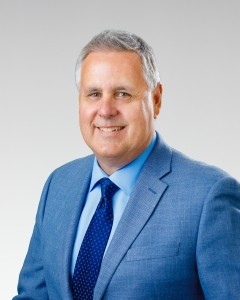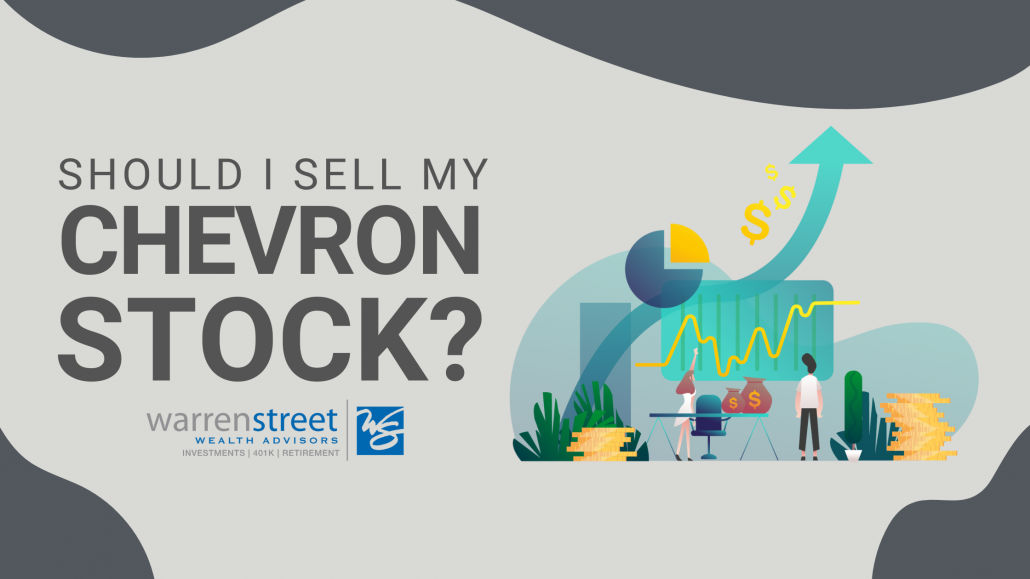Chevron 401(k) Changes: Unpacking Your New Funds
As a retired Chevron employee and financial advisor, I’m constantly keeping my finger on the pulse of what’s happening at the company. Last month, Chevron sent a letter to employees announcing that, as of June 1, the funds in their retirement plans will be changing.
Given these updates, I wanted to take the time to make sure my Chevron connections understand what’s happening — and what it could mean for your portfolio.
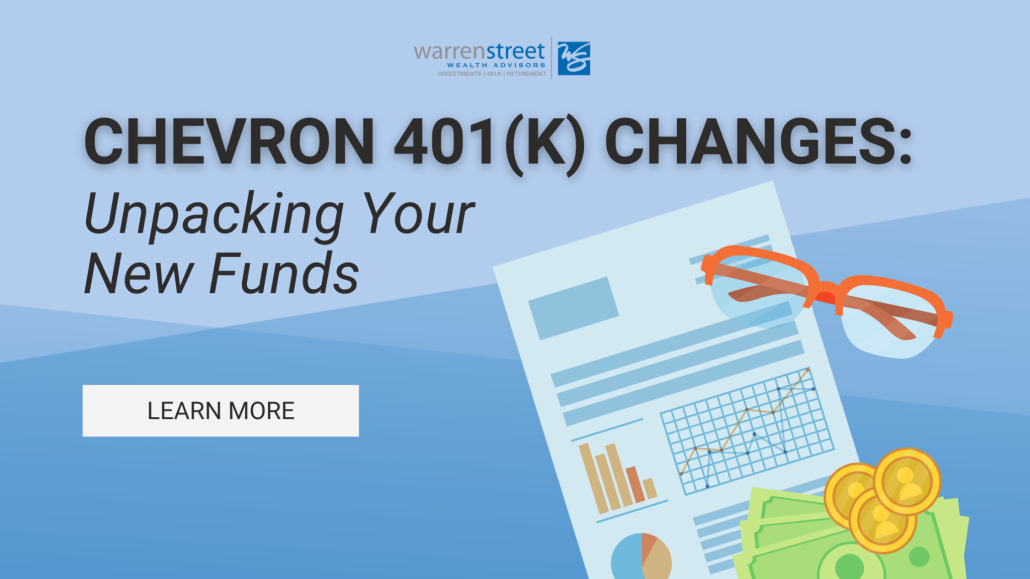
What’s changing?
The gist is this: on June 1, 2023, your Fidelity NetBenefits account will reflect new investment choices. In many cases, your money will be automatically allocated to new funds. For example, If you’re currently in a Vanguard Target Retirement Date Fund, this will map to a BlackRock LifePath® Index Fund. All in all, the 16 existing investment choices will be funneled down into just 11 choices. This applies to both the Employee Savings Investment Plan (ESIP) and Deferred Compensation Plan (DCP).
In my opinion, the most impactful change is the consolidation of three equity funds — Vanguard 500 Index, Vanguard Large Cap Value Index, and Vanguard PRIMECAP — into just one equity fund, the “Equity Index.” This is tricky, because for many people, it made sense to hold a pure S&P 500 fund such as the Vanguard 500 Index. Pure S&P 500 funds allow you to “own” the largest 500 companies in the US, compared to the “Equity Index,” which is more of a mix.
We are currently investigating this and the other new funds to understand exactly what they entail and how they will interact with the rest of your portfolio.
What should you do?
This fund consolidation is neither good nor bad; however, it does mean that you should talk to an advisor about the impact it will have on your portfolio. The new funds have different risk and return profiles, expense ratios, and diversification characteristics than the old funds, and they’re not necessarily a direct map. It’s critical that you confirm your new funds still support your future retirement goals.
No matter your age or retirement goals, it’s always a good practice to review your 401(k) plan on a regular basis and make sure it still aligns with your needs. The updates to the Chevron 401(k) plans are a good reminder to take a close look at yours and make any necessary changes.
If you don’t already have an advisor or are looking for a new one, I’m also happy to speak with you (no charge) about your portfolio. I’ve been helping Chevron colleagues and clients for more than 40 years and am an expert on the company’s employee benefits package. I’m available to answer any questions you have about the upcoming changes.
Feel free to give me a call at 714-876-6200 or book time with me if you’d like to chat. I hope to hear from you and am here to help!
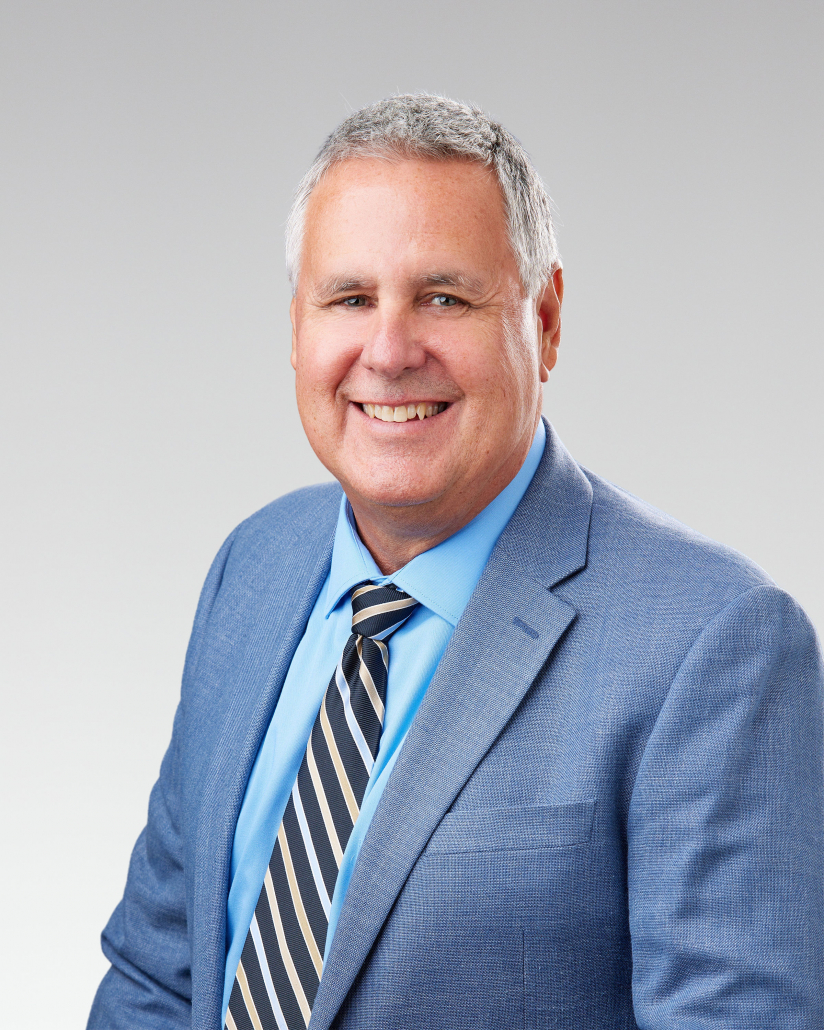
Len Hanson
Wealth Advisor, Warren Street Wealth Advisors
Investment Advisor Representative, Warren Street Wealth Advisors, LLC., a Registered Investment Advisor
The information presented here represents opinions and is not meant as personal or actionable advice to any individual, corporation, or other entity. Any investments discussed carry unique risks and should be carefully considered and reviewed by you and your financial professional. Nothing in this document is a solicitation to buy or sell any securities, or an attempt to furnish personal investment advice. Warren Street Wealth Advisors may own securities referenced in this document. Due to the static nature of content, securities held may change over time and current trades may be contrary to outdated publications. Form ADV available upon request 714-876-6200.
